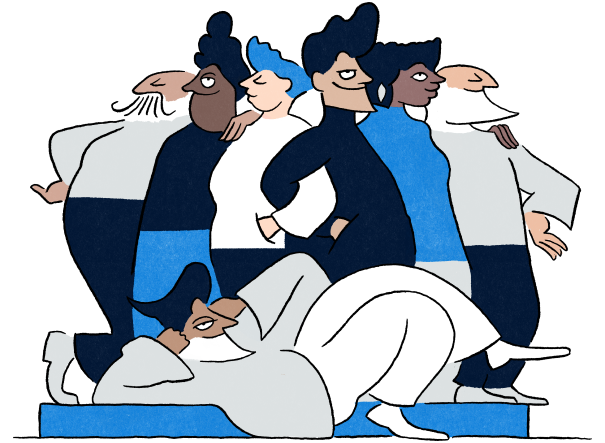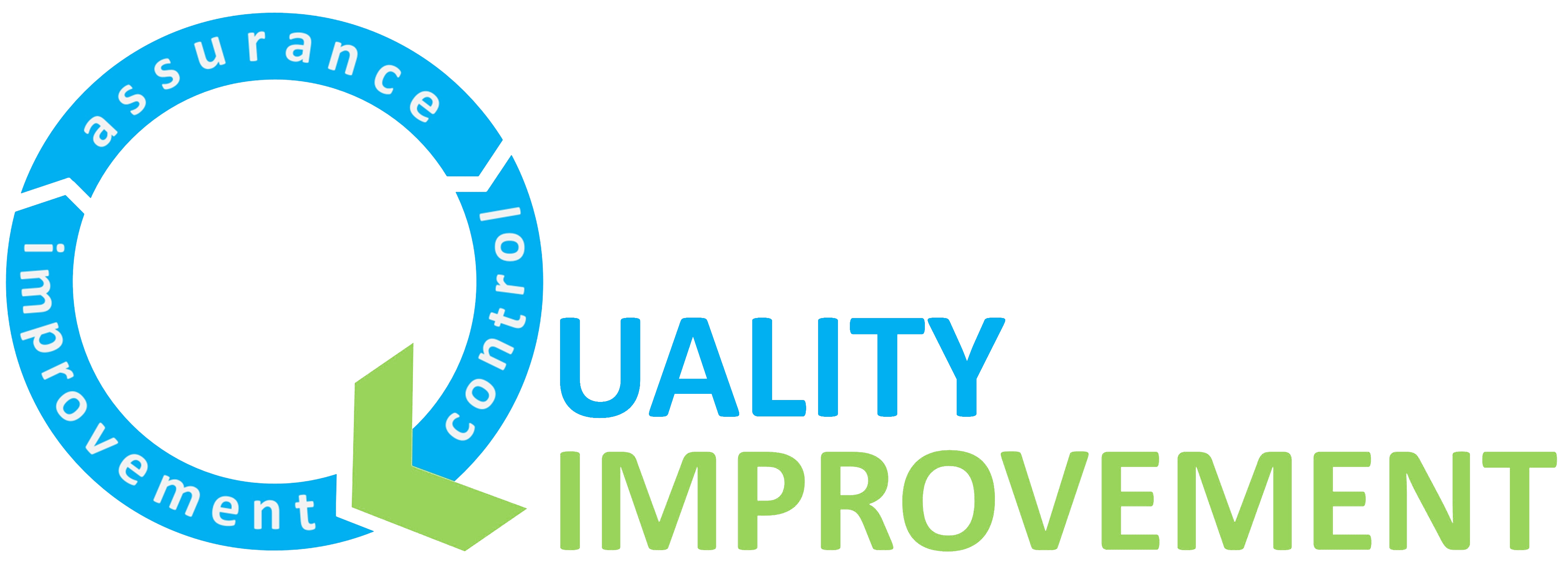Driver Diagrams
In a nutshell: A Driver Diagram serves as a tool for building a hypothesis that can be tested. It is developed by consensus and summarises what team members feel must change and which ideas may result in an improvement.
This is part of the ‘Developing a Strategy & Change Ideas’ illustration made by Sonia Sparkles for the Illustrated Guide to Quality Improvement, available here >>
A driver diagram illustrates a ‘theory of change’, that can be used to plan improvement project activities. This technique provides a way of systematically laying out aspects of an improvement project so they can be discussed and agreed on collaboratively by the project team. Teams at ELFT can use Life QI to create their driver diagrams online.
In essence, it is a visual strategy for tackling a complex problem.
The below driver diagram was produced by an ELFT team to develop an improvement strategy to meet the team’s aim to reduce average wait time (from initial telephone assessment to first individual CBT treatment session) to 12 weeks by November 2020.

Driver Diagram Glossary
Aim
- This is what you want to achieve, and it must be measurable. It cannot simply be “to improve” or “to reduce”
- The aim should be meaningful to your patients / service users / families / customers. We recommend that you discuss with your patients what the aim for your improvement project should be
- Use available data to understand what your big quality issues are. This may help you define a suitable aim for an improvement project
- A well-written Aim helps you identify your Outcome Measure
Primary Drivers
- These are the big topics or areas that you will need to work on, in order to achieve your aim
- All key areas of the system that you will need to influence within your project, should be captured within your drivers
- Well-written Primary Drivers help you identify your Process Measures
Secondary Drivers
- Each Primary Driver could have Secondary Drivers. These are what would need to be in place to positively influence the Primary Driver
- You may need to involve other people who understand the primary drivers, to identify suitable secondary drivers
- The difference between primary and secondary drivers is one of importance. If the driver is big and critical, you should consider it as a possible primary driver
- Well-written Secondary Drivers help you identify relevant Change Ideas
Change Ideas
-
- These are the ideas that your team would like to test, in order to help move towards the aim.
- All change ideas should have an effect on at least one Secondary Driver. By association, all Change Ideas are expected to help achieve the Aim
- Taken together, these are the suite of changes that go into your project plan
- If you must prioritise change ideas, one method is to ask stakeholders: first “Which of these would have the biggest impact on the Aim?” then, “Which of these is the easiest to do?” (rank by impact & effort)
Your driver diagram is your improvement strategy. There is no right or wrong driver diagram – it should represent your team’s understanding of the system you are trying to improve. Your driver diagram will undoubtedly change through your project – as you get to understand your system and processes in more detail.
Additional resources
Other examples of project Driver Diagrams can be found in this Power point link
Follow QI on social media
To keep up to date on the latest concerning QI at ELFT, follow us on our socials.




